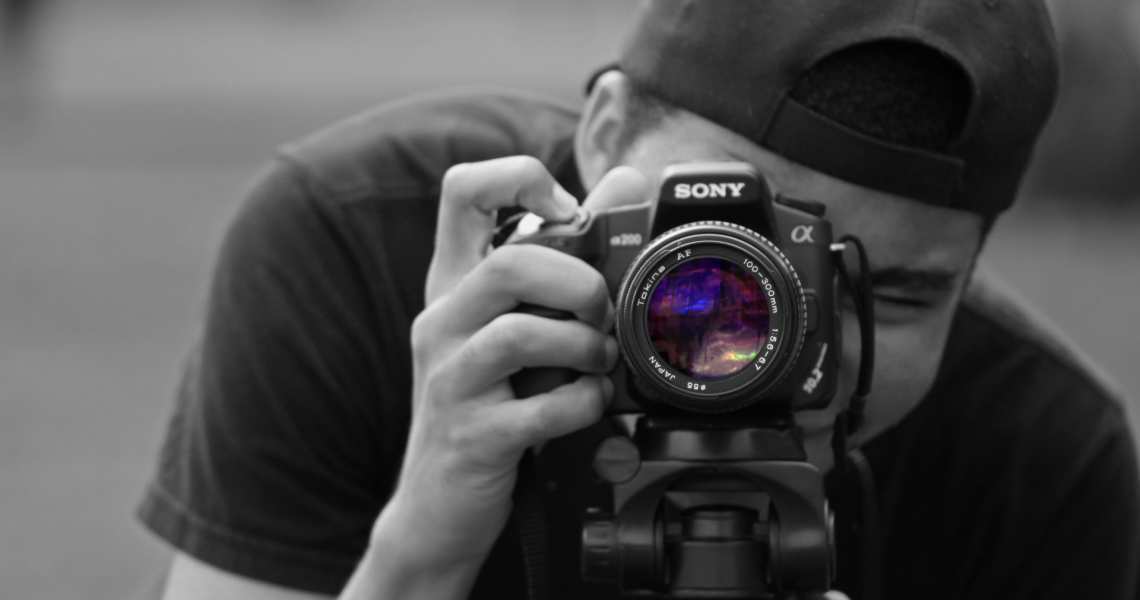Photography is a field that, like landscape and nature photography, requires a lot of thought, planning, and various types of gear. Landscape photographers take the camera gear and subjects seriously. But you can heed the following advice to optimize your landscape photography efforts. Also, remember to have fun and don’t be afraid to shoot.
What is Landscape Photography?
Landscape photography is a type of photography that emphasizes the beauty of various landscapes, such as mountains, bodies of water, forests, and fields. This kind of photography requires the photographer to travel to beautiful areas and captures stunning scenes. The scenery may be natural such as mountains or forests, or artificial, such as buildings and monuments. The photographer’s goal is to capture that scenery in a way that could enhance its beauty for the viewer.
So, what is the Best Camera Mode for Landscape Photography?
Camera modes have different settings. They help you improve your shots, whether you’re shooting photos or videos. They will also let you change how your camera will concentrate light when capturing an image. In the camera mode “aperture priority,” your camera will control the aperture and shutter speed. So, the camera will have to choose the aperture, and the shutter speed will let in the right amount of light. Aperture priority or A mode is the camera mode that usually puts all of our best landscape images into it because it is one of the most versatile and least restrictive. A mode allows you to pick which aperture to use and lets you shoot at that aperture for as long as you like.
Aperture priority mode is the camera’s best mode for landscape photography. While in aperture priority mode, your camera will adjust to brightness and contrast. When shooting landscapes, make sure to set your aperture large (f/1.4~f/2.8). Apertures smaller than f/4.0 will create a blurry picture. Adjust your shutter speed to around 1/20,000th of a second, and make sure your camera is on a tripod.
When looking to capture a landscape photo, your aperture—or the f-stop—is an important setting to consider. A wide aperture, or a smaller f-stop, will create a more blurred background, while a small aperture, or a larger f-stop, will create more of a bokeh (or blurred) background.
Tips for the Best Camera Mode for Landscape Photography.
The most important tip I can give anyone interested in improving their landscape photography is to pick the suitable camera mode. All camera modes have their own strengths and weaknesses, but I recommend the ‘Landscape’ mode. In this mode, the camera automatically chooses the best shutter speed, aperture, and ISO to give you the best quality shot. If you take the time to check out the different camera modes, you’ll eventually find the model that works best for you.
The photography genre known as landscape photography requires a specific skill set. Landscape photographers capture images with terrains as the main subject. In most cases, the camera must be set to aperture priority.
If you want your camera to produce good landscape photos, you’ll have to make sure it’s in “aperture priority mode.” I recommend aperture priority mode because it allows the photographer to control the depth of field. This mode allows you to manually adjust the shutter speed and aperture (how wide the aperture opening is). The photographer needs to adjust ISO and shutter speed if the camera is positioned to shutter priority mode.
Since landscape photography can sometimes be a bit boring, try experimenting with your camera’s shutter speed. The shutter speed controls how much light enters the camera. The longer the shutter speed, the more light enters the camera.
One of my favorite things about photography is learning different ways to take photos. Photographers can use different settings, modes, and tricks to make their snaps more interesting. Landscape photography is a great way to take stunning pictures since there is so much to cover in one shot. Of course, you need a good camera and a little know-how regarding shutter speed and aperture.

